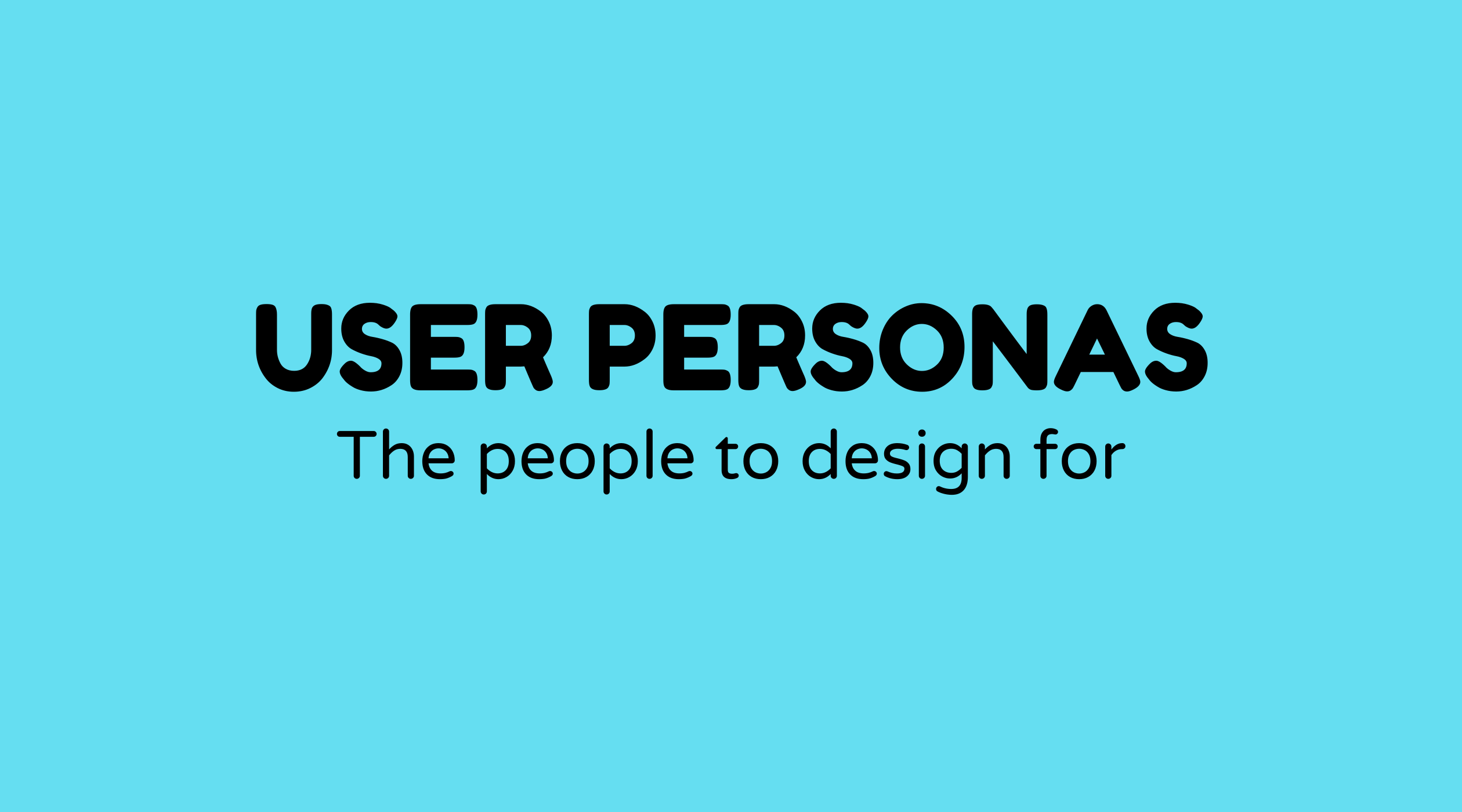User Personas

Overview of User Personas
Creating products that genuinely connect with users begins with a clear understanding of who they are. This understanding is captured in what we refer to as user personas. These are semi-fictional characters based on research that represent the various user types who might engage with a service, product, site, or brand in a similar way. Picture this: instead of a vague audience, you have a vivid picture of your user. That’s the beauty of creating user personas—you’re no longer guessing.
Why User Personas Matter
Why invest time in developing these personas? The answer is straightforward: without them, you're creating in isolation. User personas guide product development, inform design decisions, and help marketing strategies be more effective. They're particularly important in the product development process. Personas allow you to perceive things from your users' perspectives, tailoring features to address genuine challenges and communicating in terms they understand. Plus, when everyone in your organization has the same clear understanding of who you're designing for, collaboration improves.
What is a User Persona?
Often seen as a fundamental element of user experience design, a user persona is a detailed profile that represents a segment of your audience. It includes demographic information, behavior patterns, motivations, goals, and challenges. Think of it as a narrative that gives data life—personas help build empathy with users, emphasizing their diverse needs and expectations. They are constructed from both quantitative and qualitative research, ensuring they reflect real-world situations.
How Do You Create User Personas?
Creating a user persona involves both analytical and creative approaches. Here is a step-by-step guide:
- Conduct User Research: Utilize surveys, interviews, and observations to gather data. Analyze existing user information and categorize users into different groups.
- Identify Patterns and Trends: Look for common behaviors and motivations in the data. What needs tend to be universal?
- Create Persona Descriptions: Develop profiles that detail name, age, occupation, and personal background. Include their needs, goals, challenges, preferences, and how they use your brand.
- Use Visual Aids: Incorporate photos, charts, and infographics. They should be straightforward and easy to reference.
- Validate and Update: Regular feedback and updates ensure they stay connected with actual users.
Examples of User Personas
Suppose you’re creating an app for fitness enthusiasts.
-
Olivia the Overachiever: A 28-year-old marketing manager who hits the gym daily. She's motivated by performance metrics and needs features like workout tracking and progression analytics.
-
Matt the Beginner: A 35-year-old who started exercising recently. He values guided workouts and simple, motivational insights.
-
Elder Sam the Active Senior: At 65, Sam enjoys light exercises. The app could offer user-friendly navigation and larger text options for seniors.
FAQs
What types of data do I need for building user personas?
You require both quantitative (surveys, usage data) and qualitative (interviews, focus groups) information. Look for trends in demographics, behaviors, skills, goals, and challenges.
Can user personas change over time?
Absolutely! As your user base expands and evolves, so should your personas. Regularly refresh them with new data insights.
How many personas should a company have?
It varies, but typically you'd have between 3 to 5 personas to represent various user types without oversimplifying development.
Is there a difference between buyer personas and user personas?
Yes. User personas focus on those engaging with the product, while buyer personas pertain to those making the purchase. They may overlap but have different needs.
Should user personas be shared with the entire company?
Certainly! They guide not just product developers but also marketing, sales, and customer support. Ensuring everyone is aligned promotes a unified user-focused approach.
Can personas be too detailed?
Yes. While depth is valuable, excessive detail can be counterproductive. Aim for a balance—detailed enough to be useful, but not overwhelming.



